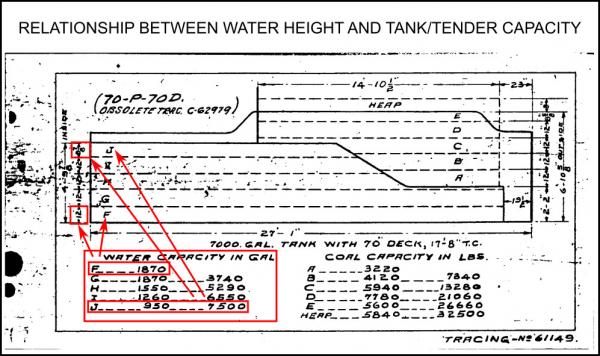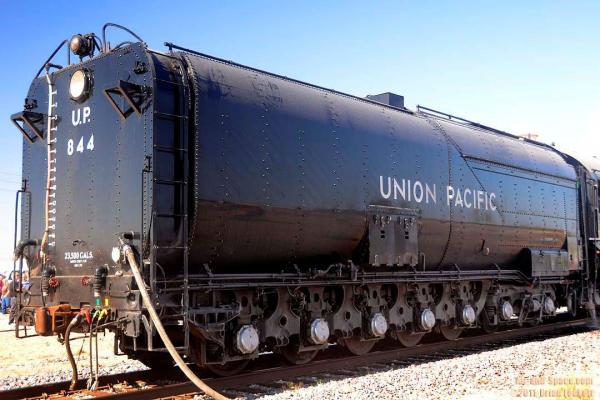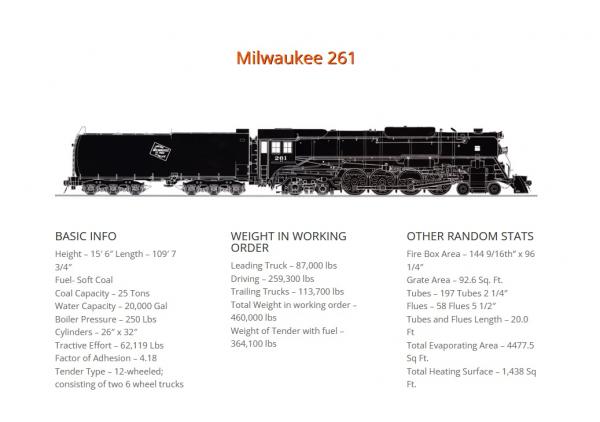Before to answer, here's interesting moment, spotted in article:
Quote
If the minimum cut-off provided for by the notches was too high, it would not be possible to run the locomotive in the efficient way described above (with a fully open regulator) without leading to steam wastage or 'choking' of the steam passages, so the regulator would have to be closed. That limits efficiency.
Oh, yeah, "stack talks with skies" - we have such telling here too.
Quote
red light is activated during emergency braking warning any oncoming trains that the train has stopped due to emergency braking, and to proceed with caution as there may be workmen on and/or around the tracks
Oh, so what is "emergency" light condition in *.eng-files for. We use yellow flags and yellow lens on hand torch for that.
Quote
there's something I think would be a good addition to the advanced steam parameters
And, some parameters, e.g. Admission, Lead are already can be seen on HUD, but having an opportunity to define each one, which is known, is greater, than rely on calculations, done by program, which will represent standard results only.
That's obvious fact: each steam locomotive is very individual, due to technologies of it's production, been used. So, that way we could make better reproduction of it by means of ORTS.
Interesting from the article:
wikipedia said:
The throttle is basically a poppet valve, or series of poppet valves which open in sequence to regulate the amount of steam admitted to the steam chests over the pistons. It is used in conjunction with the reversing lever to start, stop and to control the locomotive's power although, during steady-state running of most locomotives, it is preferable to leave the throttle wide open and to control the power by varying the steam cut-off point (which is done with the reversing lever), as this is more efficient. A steam locomotive throttle valve poses a difficult design challenge as it must be opened and closed using hand effort against the considerable pressure (typically 250 psi or 1,700 kPa) of boiler steam. One of the primary reasons for later multiple-sequential valves: it is far easier to open a small poppet valve against the pressure differential, and open the others once pressure begins to equalize than to open a single large valve, especially as steam pressures eventually exceeded 200 psi (1,400 kPa) or even 300 psi (2,100 kPa). Examples include the balanced "double beat" type used on Gresley A3 Pacifics.
wikipedia said:
greatest power is achieved by keeping the inlet valve open throughout the power stroke (thus having full boiler pressure, minus transmission losses, against the piston throughout the stroke) while peak efficiency is achieved by only having the inlet valve open for a short time and then letting the steam expand in the cylinder (expansive working)
The point at which steam stops being admitted to the cylinder is known as the cutoff, and the optimal position for this varies depending on the work being done and the tradeoff desired between power and efficiency. Steam engines are fitted with regulators (throttles in US parlance) to vary the restriction on steam flow, but controlling the power via the cutoff setting is generally preferable since it makes for more efficient use of boiler steam.
 Weter, on 26 May 2024 - 06:24 AM, said:
Weter, on 26 May 2024 - 06:24 AM, said: Weter, on 26 May 2024 - 06:24 AM, said:
Weter, on 26 May 2024 - 06:24 AM, said: Weter, on 26 May 2024 - 06:24 AM, said:
Weter, on 26 May 2024 - 06:24 AM, said:
 Log In
Log In Register Now!
Register Now! Help
Help











